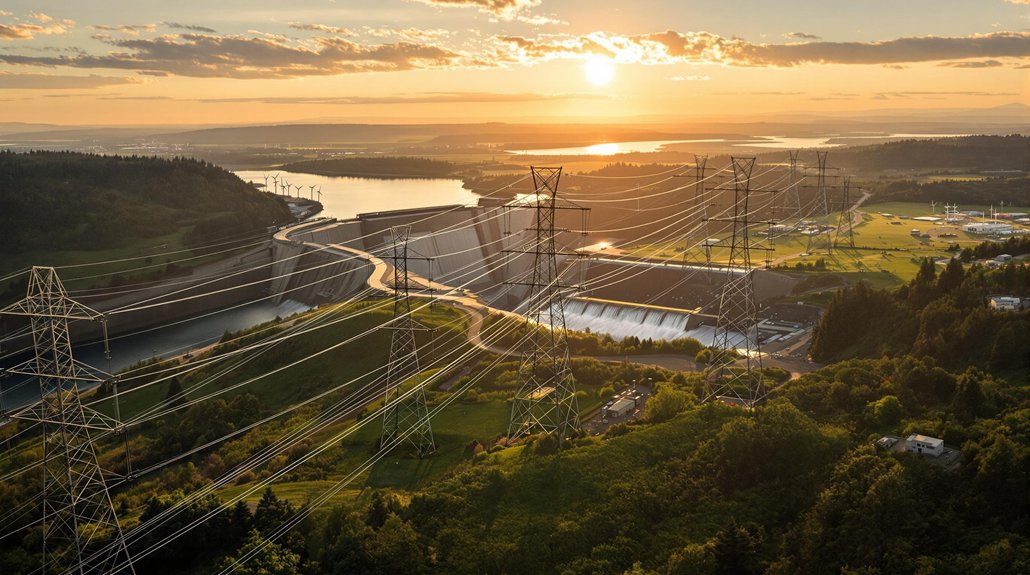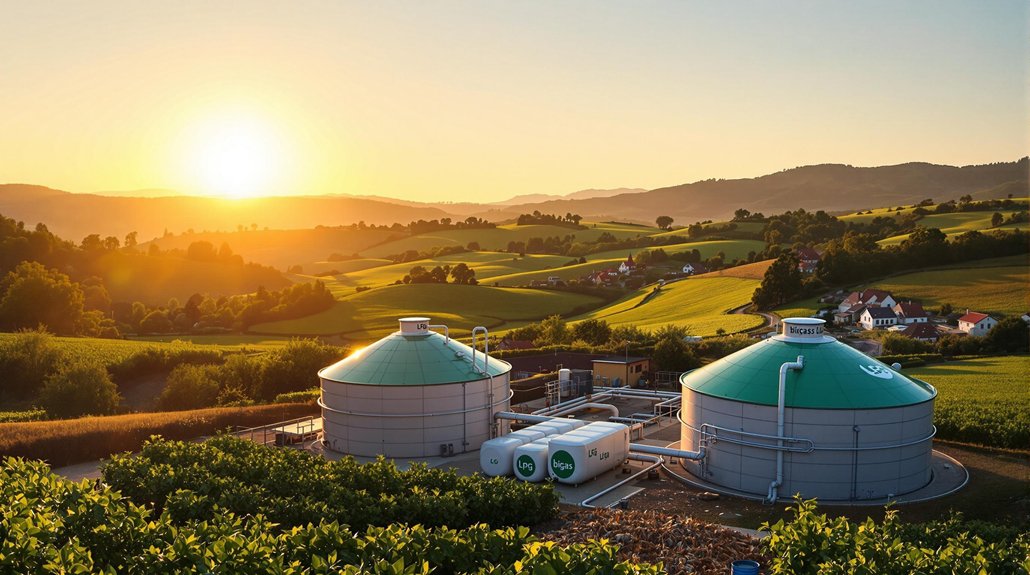A new proposal to add hydroelectric power to Jackson Lake Dam has rekindled fierce debate in Wyoming. The 1916 dam could generate 30 megawatts—enough for 30,000 homes—for $50-100 million. Energy advocates tout clean power and job creation while environmental groups warn about fish habitats and ecosystem damage. Federal agencies will take their sweet time deciding, of course. The community remains split between economic benefits and preserving Grand Teton’s pristine wilderness.
Despite years of failed attempts, proponents of hydroelectric power at Wyoming’s Jackson Lake Dam haven’t given up the fight. A fresh proposal emerged in 2023, reigniting a familiar battle between renewable energy advocates and environmental purists. The century-old dam, which has been holding back water since 1916 without generating a single watt of electricity, could potentially produce 30 megawatts of power. Enough juice for 30,000 homes. Not bad for an old structure just sitting there, doing nothing but storing irrigation water.
Local energy advocates are pushing hard for the project. Their argument? We’ve already got the dam. It’s already disrupted the natural environment. Might as well get some clean energy out of it. The estimated price tag ranges from $50 to $100 million – pocket change compared to building something from scratch.
But this is Grand Teton National Park we’re talking about. Not exactly the place where industrial projects get enthusiastic high-fives. Environmental groups have concerns. Legitimate ones. Fish migration. Water temperature changes. Wildlife habitat disruption. The usual suspects when you mess with river systems.
The bureaucratic obstacle course is no joke either. Federal Energy Regulatory Commission. National Park Service. Public comment periods. Environmental impact statements. It’s a paper-pusher’s dream and a developer’s nightmare.
Meanwhile, locals are split. Some see dollar signs and green energy. Others worry about tourists getting spooked by infrastructure in their pristine park. Heaven forbid vacationers have their wilderness selfies ruined by evidence of civilization.
The economics raise eyebrows too. Construction jobs would be nice. But who knows what it would do to electricity rates? And water rights in Wyoming aren’t something you mess with lightly. The plan resembles modifications made in the 1920s when the dam first installed a hydroelectric power plant with a capacity of 3.4 megawatts.
The proposal will likely drag on for years. That’s how these things go. Federal agencies move at glacial speeds – ironically, faster than actual glaciers these days. Modern hydroelectric systems could potentially convert the falling water with up to 90% efficiency, making it far more efficient than fossil fuel alternatives. The battle lines are drawn. Let the endless meetings begin.








